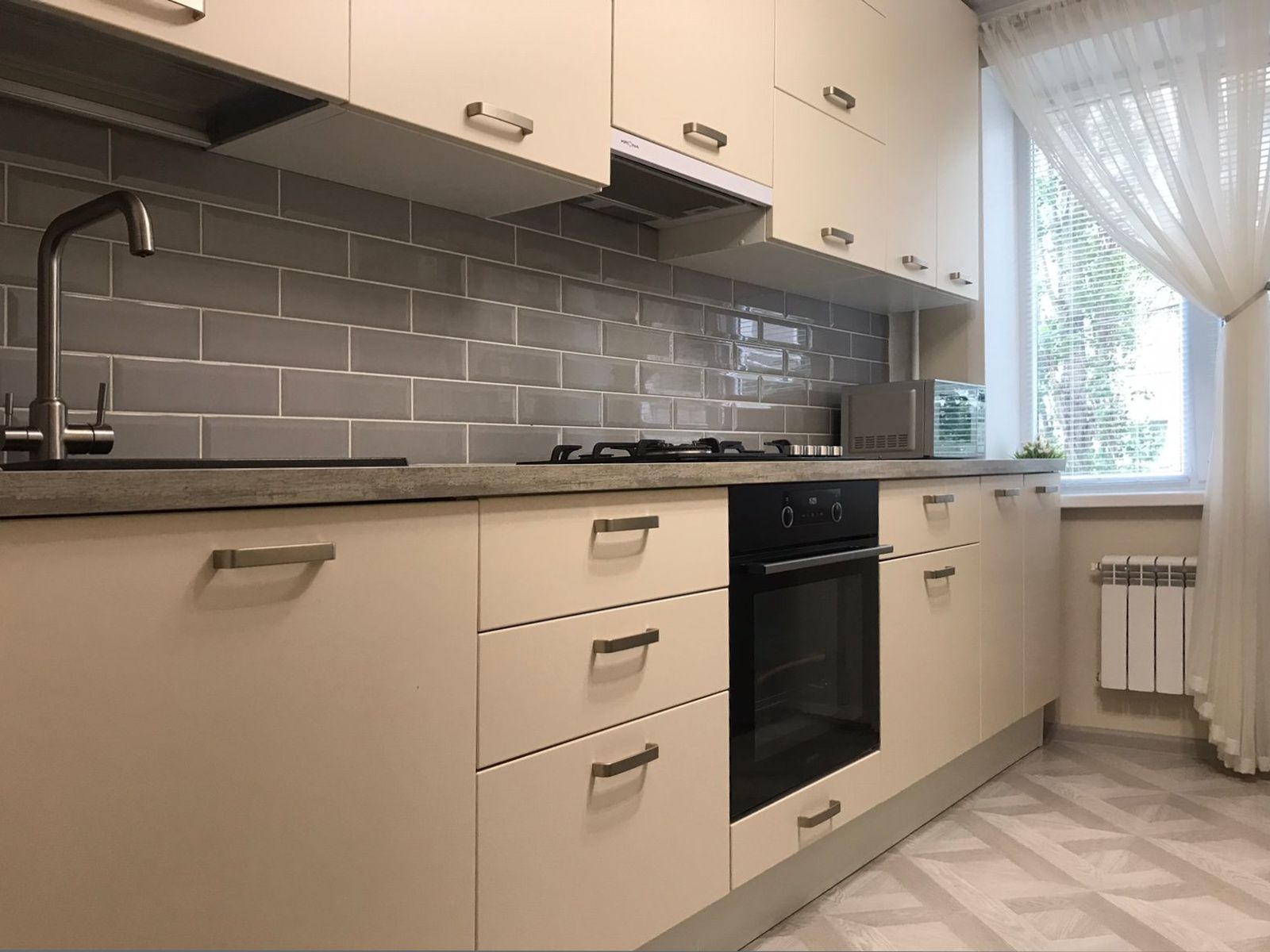
Revolutionizing Culinary Spaces: The Transformation of Modern Kitchens
The kitchen has always been the heart of the home, a place where culinary magic happens and memories are made. However, the design and functionality of this essential space have evolved dramatically over the years. With advances in technology, changing social dynamics, and the rise of food culture, culinary spaces are being redefined. We are now witnessing a revolution that blends practicality with creativity, leading to more efficient, personalized, and multifunctional kitchens.
Embracing Technological Innovations
The integration of technology into the culinary space has been a game-changer. From smart appliances that can be controlled remotely to integrated systems that assist in meal planning and inventory management, the modern kitchen is smarter than ever. High-tech features like programmable ovens, refrigerators that can order groceries, and voice-activated faucets are transforming the cooking experience. This technological push not only increases convenience but also paves the way for more precise cooking methods and food preservation techniques.
Reimagining Design and Layout
Design aesthetics within culinary spaces have also undergone a transformation. The contemporary kitchen is not just about functionality but also about making a style statement. Open-plan layouts that merge with living areas encourage social interaction and create an inclusive environment for families and guests. Minimalism and sleek lines are often preferred to give a clean and clutter-free look. Materials such as stainless steel, quartz, and reclaimed wood are popular choices for their durability and visual appeal, offering a mix of industrial and natural finishes.
The Rise of the Multipurpose Kitchen
Today's kitchens are not solely dedicated to cooking; they serve multiple roles. As multifunctional spaces, they often double as home offices, dining areas, and entertainment centers. This trend has been accelerated by the global shift towards remote work and in-home recreation. Kitchen islands have become the new workstations while offering additional storage and meal prep space. Additionally, kitchens now feature technology centers, docking stations, and even designated spots for virtual meetings, illustrating the versatility of the modern culinary space.
Personalization and Unique Culinary Experiences
Personalization is at the forefront of the culinary space evolution. Home cooks are looking for kitchens that can adapt to their cooking styles and preferences. Customizable appliances, modular cabinetry, and adjustable lighting are examples of features that allow for a tailor-made kitchen experience. Moreover, there is a growing interest in specialized equipment such as wood-fired pizza ovens, sous-vide machines, and built-in coffee stations that cater to the aspirations of amateur chefs and gastronomy aficionados alike.
Sustainability and Eco-Friendly Practices
As environmental awareness increases, sustainability has become a critical factor in kitchen design. Eco-friendly materials, energy-efficient appliances, and waste reduction systems are being prioritized. Composting solutions, water-saving faucets, and induction cooktops are just a few of the innovations that reduce ecological footprints within the culinary space. The new kitchen reflects a commitment to preserving the planet while still providing a functional and aesthetically pleasing environment for food preparation.
Conclusion
The redefinition of culinary spaces goes beyond aesthetic upgrades and convenience. It’s about creating a kitchen that reflects our changing lifestyles, values, and technological advancements. The modern culinary space is a hub of innovation, personal expression, and environmental consciousness, adapting to the needs and desires of today's families and food enthusiasts. As we continue to explore and redefine the boundaries of kitchen design, one thing remains certain: the kitchen will always be more than just a place to cook—it’s a place where life is lived, and experiences are savored.